With perpetual scaremongering about the dangers of UV exposure in the media, it’s easy to forget the vital role that sunlight plays in our health and well-being. While excessive exposure to ultraviolet (UV) radiation can undoubtedly lead to skin damage and increase the risk of skin cancer, sensible sun exposure is essential for a host of reasons, many of which are deeply rooted in our evolutionary history.
Why We Need the Sun
The sun is the most significant source of Vitamin D, a nutrient that is critical for numerous bodily functions. When UVB rays from the sun hit our unprotected skin, they trigger the production of Vitamin D3, a precursor to Vitamin D, which supports calcium absorption, bone health, immune function, and even helps reduce inflammation. In fact, very few foods naturally contain sufficient Vitamin D, making sun exposure a crucial source for maintaining adequate levels.
The importance of Vitamin D cannot be overstated. Insufficient levels can lead to rickets in children, osteoporosis in adults, and has been linked to a higher risk of chronic diseases such as cardiovascular issues, certain cancers, and autoimmune disorders. Sunlight is also essential in regulating our circadian rhythms—the body’s internal clock that governs sleep-wake cycles, hormone release, and other vital functions. Exposure to natural light, particularly in the morning, helps synchronise this clock, leading to better sleep, improved mood, and overall health.
The Evolutionary Relationship with Sunlight
Our relationship with the sun is as old as humanity itself. Early humans evolved in sun-rich equatorial regions, spending their days outdoors without the protection of clothing or sunscreen. This constant exposure ensured that they had adequate levels of Vitamin D, which was crucial for their survival and health.
As humans migrated to areas with lower UV exposure, our skin adapted by becoming lighter to allow more efficient Vitamin D production. This adaptation highlights the intricate balance that our ancestors maintained with the sun—a balance that modern lifestyles often disrupt.
The Historical Perspective on Sun Exposure
Before the invention of sunscreen, people naturally acclimatized to the sun. They spent long hours outdoors, farming, hunting, and gathering, which gradually built up their skin’s tolerance to UV rays. This process, known as acclimatisation, allowed their skin to develop a natural defence against UV radiation by increasing melanin production, the pigment that protects deeper layers of the skin from damage. This gradual increase in melanin not only reduced the risk of sunburn but also optimised Vitamin D production.
Traditional practices also played a role in managing sun exposure. In many cultures, people would use natural substances like mud or plant extracts to shield their skin, or they would time their outdoor activities to avoid the most intense midday sun. These practices enabled them to reap the benefits of sunlight without suffering the harmful effects of overexposure.
Building Natural Protection Through Gradual Exposure
In our modern world, where indoor living and sun avoidance are common, it’s more important than ever to approach sun exposure with a sense of balance. Gradually building up the skin’s natural protection to UV rays through careful, incremental exposure is crucial for maintaining skin health while maximising the benefits of sunlight.
Start with short periods of sun exposure, especially if you have fair skin or spend most of your time indoors. Over time, gradually increase the duration to allow your skin to build up its melanin defences. This process reduces the risk of sunburn and helps maintain a healthy level of Vitamin D. Early morning or late afternoon sun exposure, when UV intensity is lower, is an excellent time to begin this acclimatisation.
Consistency is key. Regular, moderate sun exposure is far more beneficial than sporadic, intense exposure, which can lead to burns and increase the risk of skin damage. By gradually acclimating to the sun, you allow your body to develop its natural defences while reaping the many benefits of sunlight.
A Balanced Approach for Modern Times
Today, we have the advantage of sunscreen, which allows us to protect ourselves from excessive UV exposure. However, it’s essential not to over-rely on it from the outset. Sunscreen is best used after the skin has had time to naturally acclimate, helping to prevent overexposure without entirely blocking the benefits of sunlight. By balancing periods of unprotected exposure with the use of sunscreen, we can maintain healthy Vitamin D levels while minimising the risks.
The Mental and Physical Benefits of Sunlight
Beyond its physical health benefits, sunlight also plays a crucial role in mental well-being. Exposure to sunlight increases the production of serotonin, a neurotransmitter that contributes to feelings of happiness and well-being. Lack of sunlight, especially during the winter months, can lead to Seasonal Affective Disorder (SAD), a type of depression that occurs when sunlight is scarce. Regular, moderate exposure to sunlight can help regulate mood, boost energy levels, and improve overall mental health.
Conclusion: Embrace the Sun Sensibly
The sun is not just a source of light and warmth; it is a vital ally for our health and well-being. Sensible sun exposure, when approached with care and respect, provides a multitude of benefits that are essential to our physical and mental health. By gradually building up our skin’s natural protection and balancing our exposure with modern sun protection methods, we can maintain this essential relationship with the sun.
So, the next time you step outside, remember that the sun is a friend—one that has sustained humanity for millennia. Embrace its benefits wisely, and let the sun shine on your journey to better health.


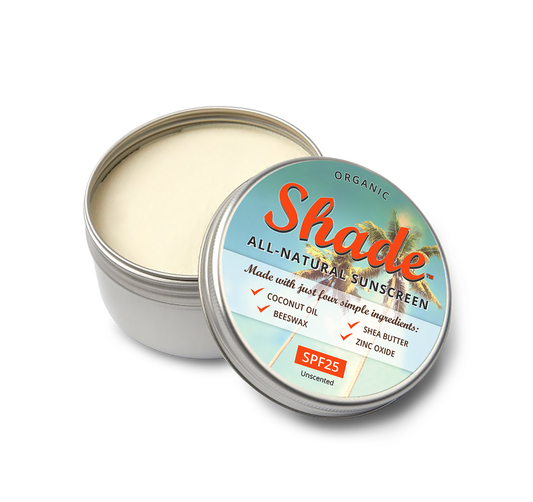





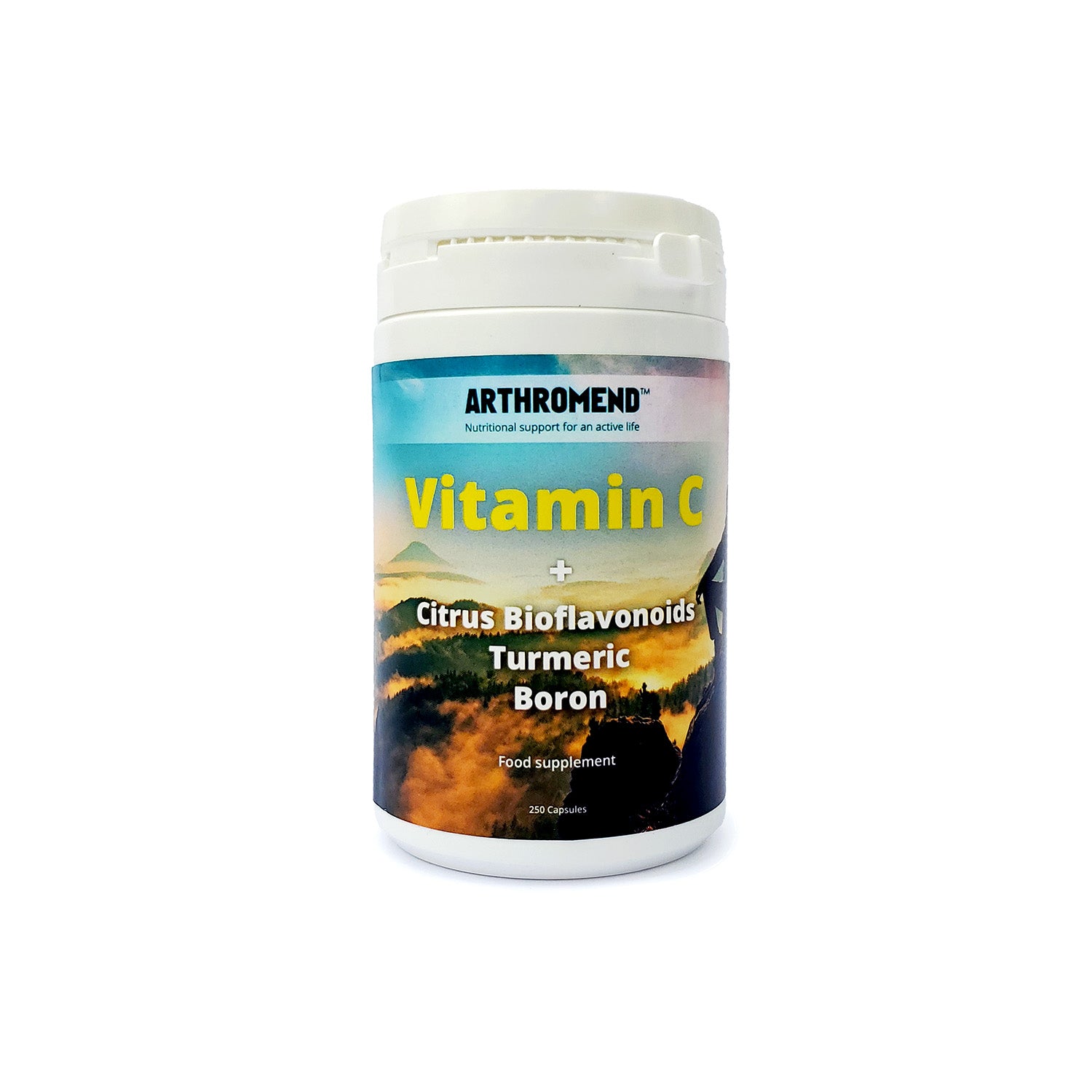
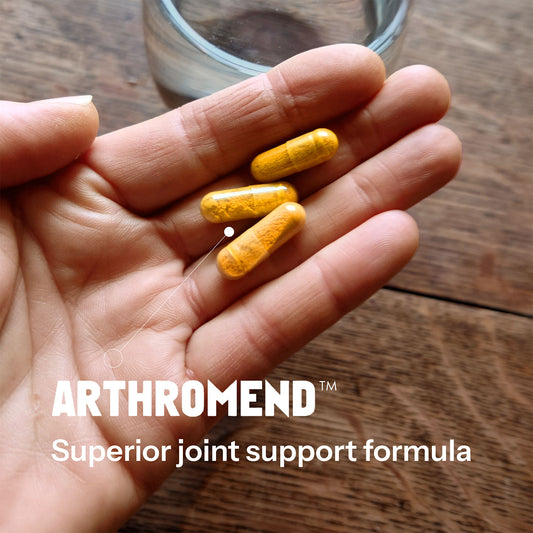
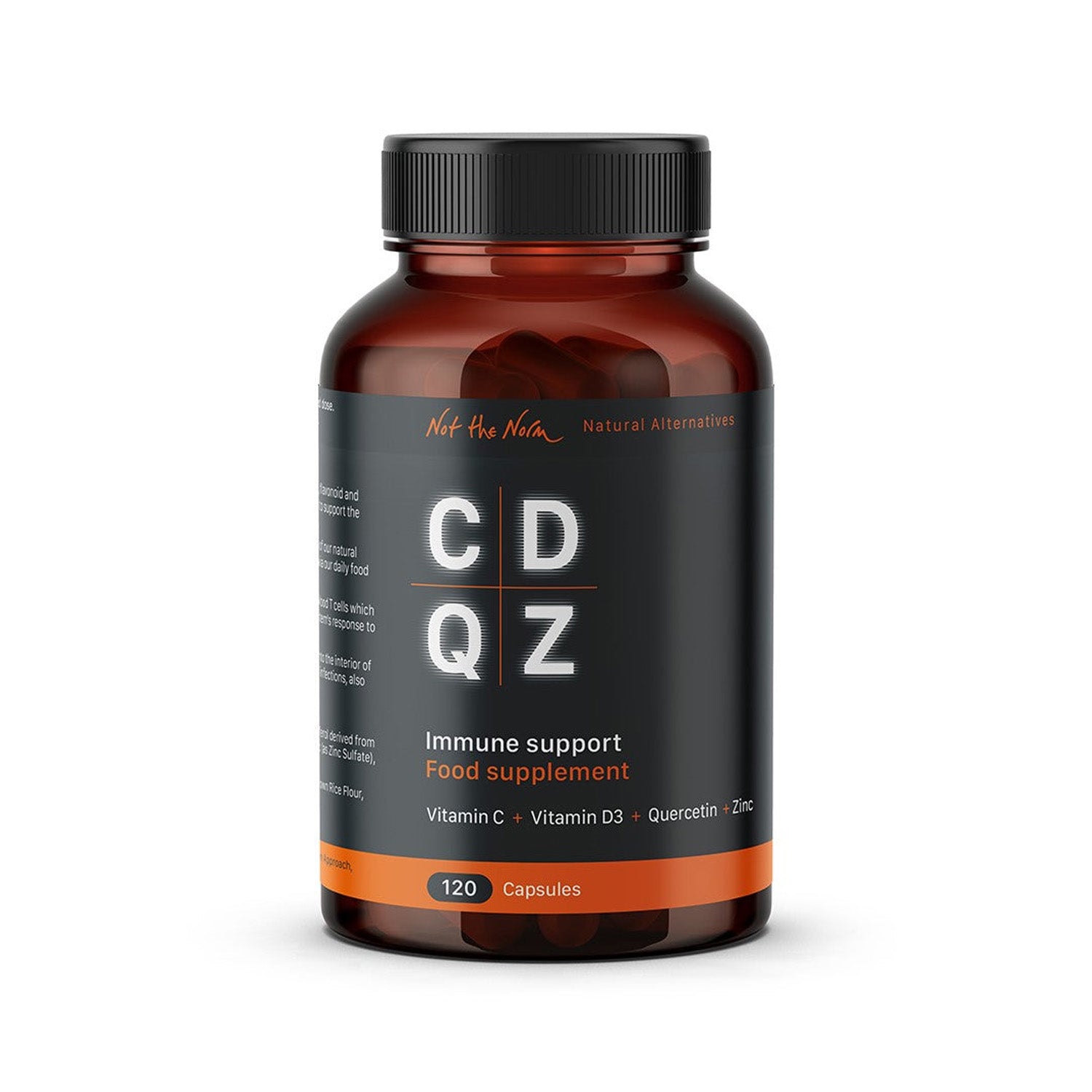

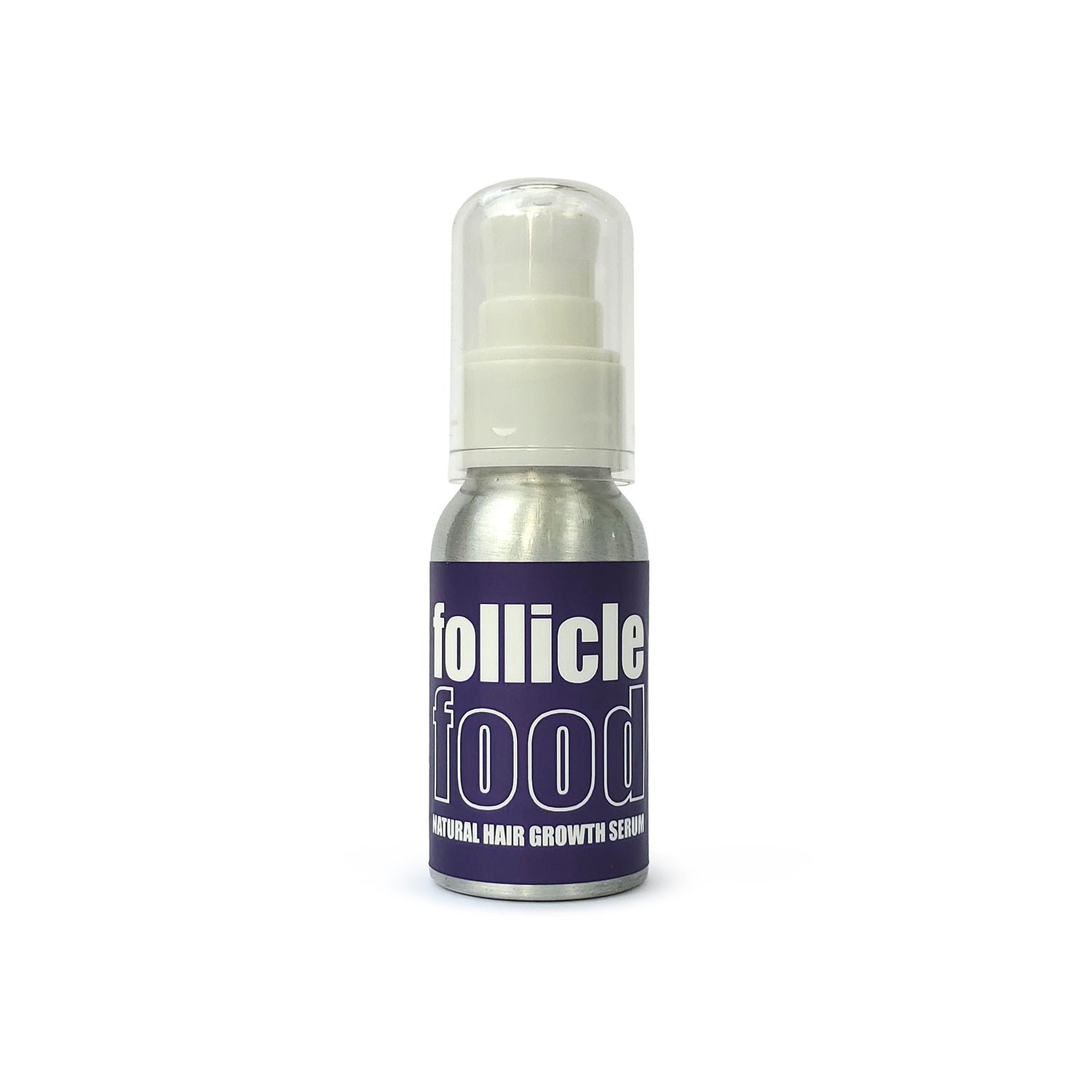
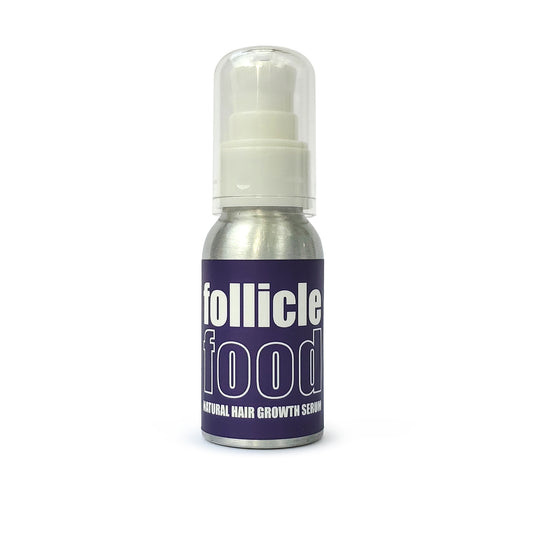
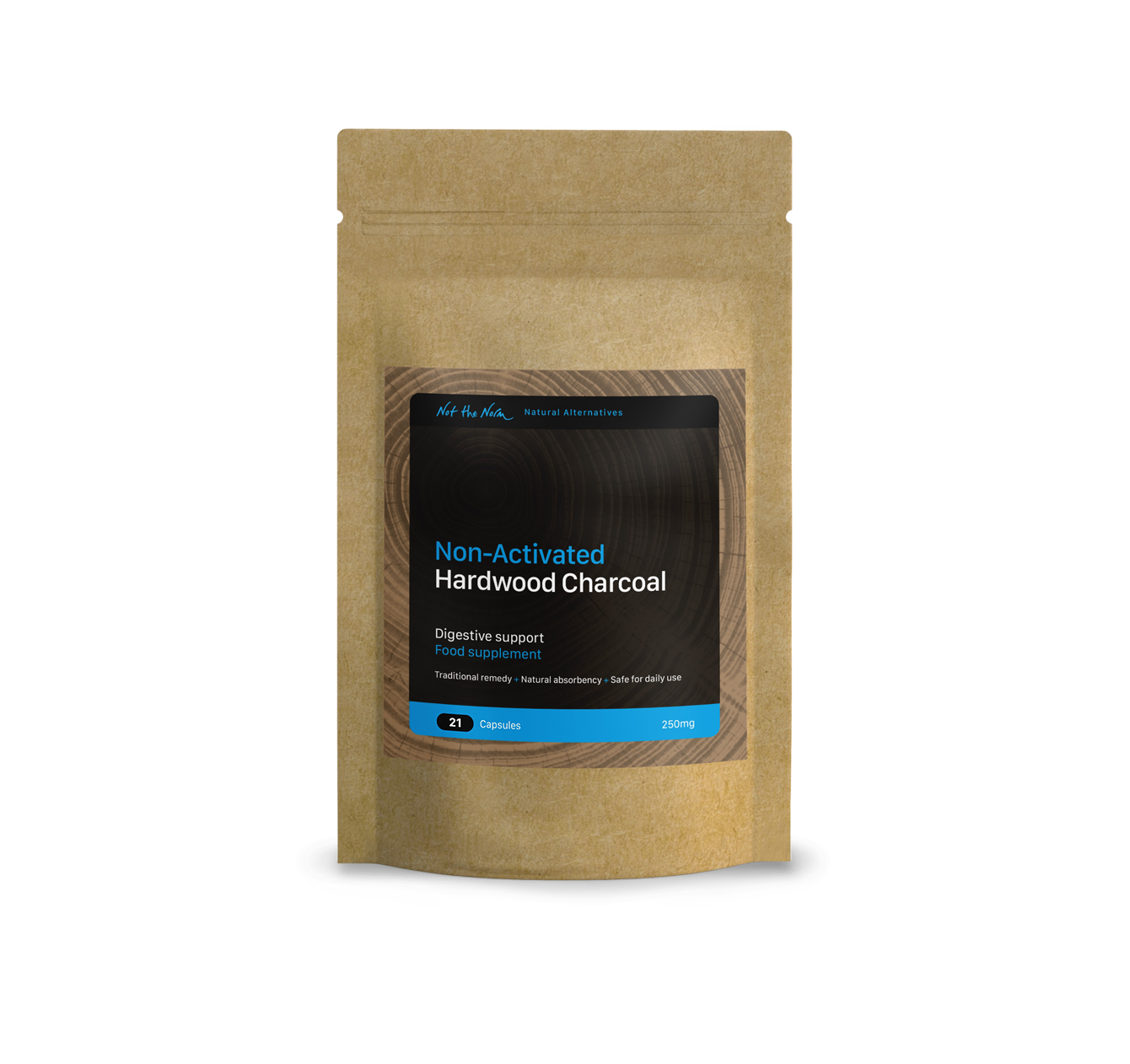
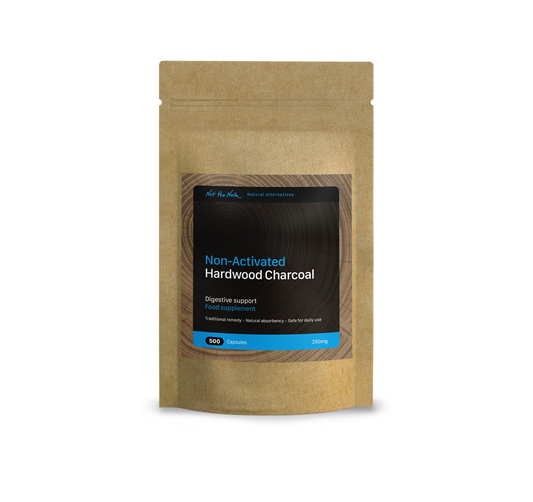



1 comment
Brilliant article!